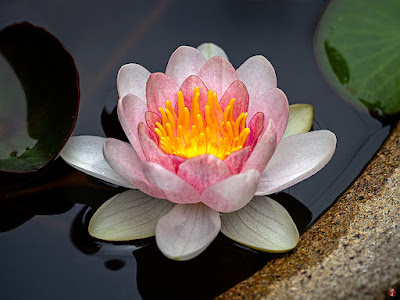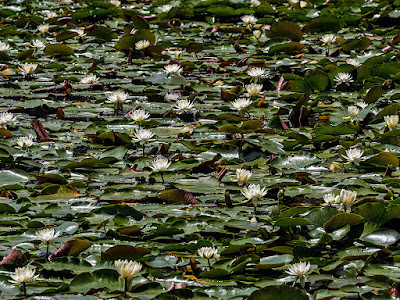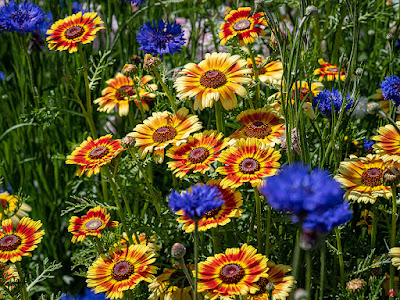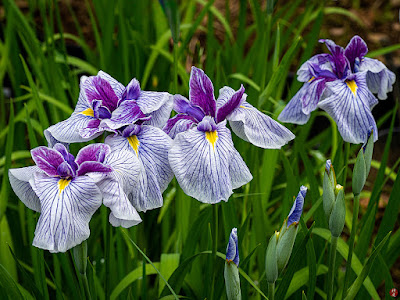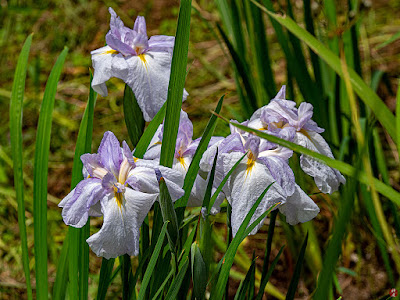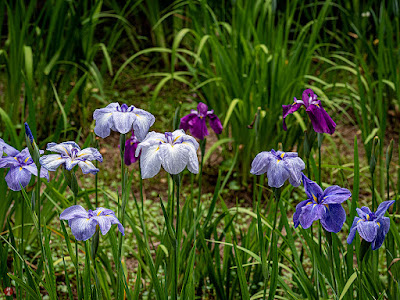As if to make me aware of the stealthy arrival of early summer, the adorable flower of the water lily is blooming like a newborn child on the calm water surface in my small water-lily bowl this year again.
The lifetime of this flower is about four days and it repeatedly opens in the early morning and closes in the afternoon in response to temperature changes. The tender flower that appears on the first morning is especially enchanting, which always makes me sense the mystery of life in the rapid rotating of the seasons.
In the microcosm of the small water-lily bowl, this flower shows its changing appearance every morning, as if to suggest a piece of poetry about the birth and impermanence of a living thing, and eventually fades away like an ephemeral dream.
